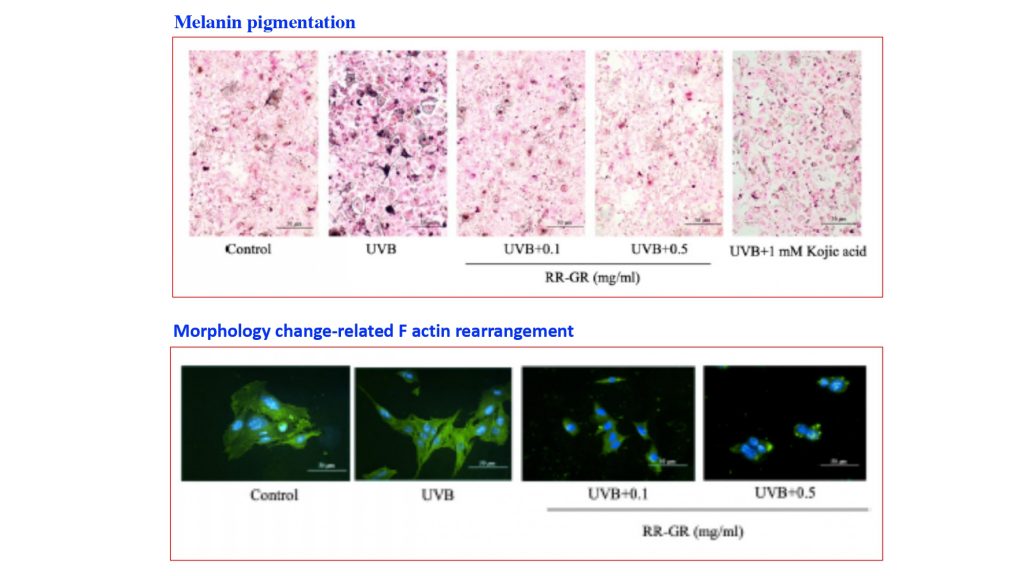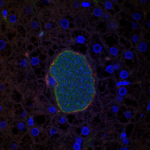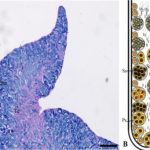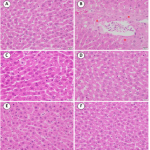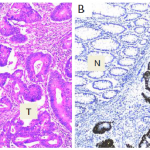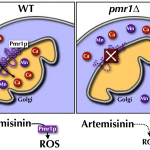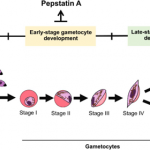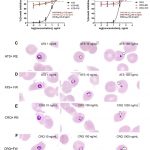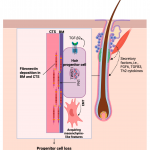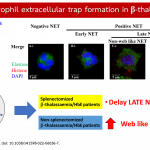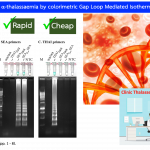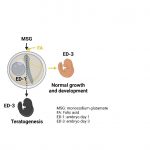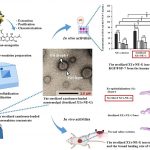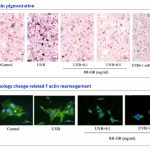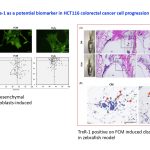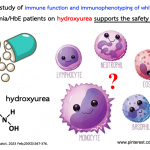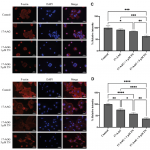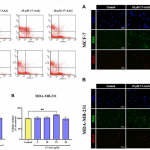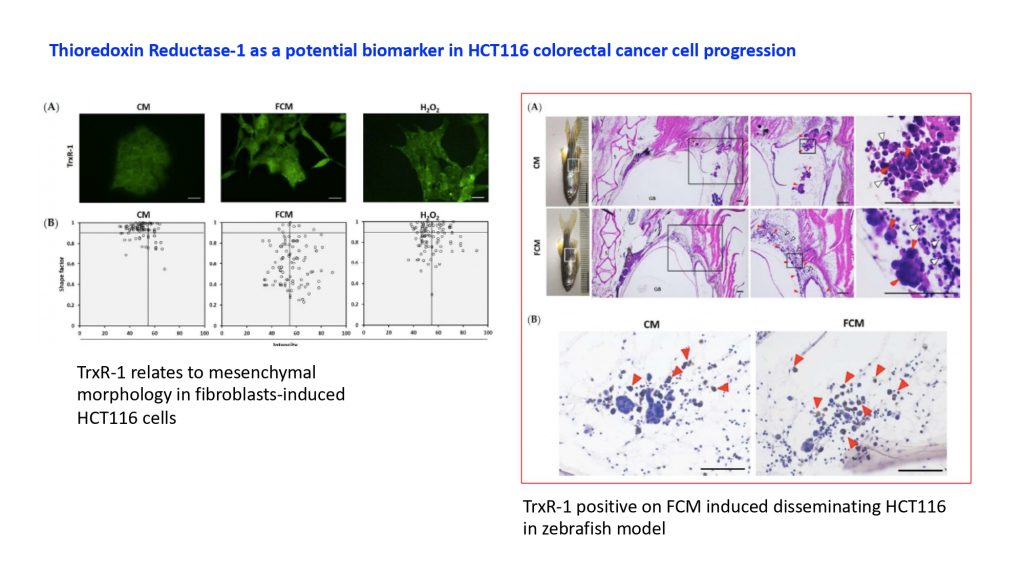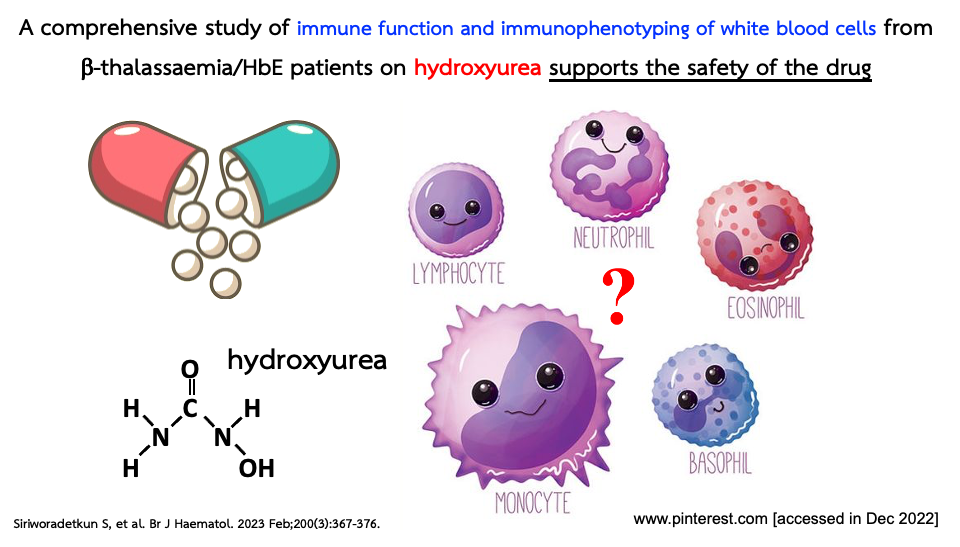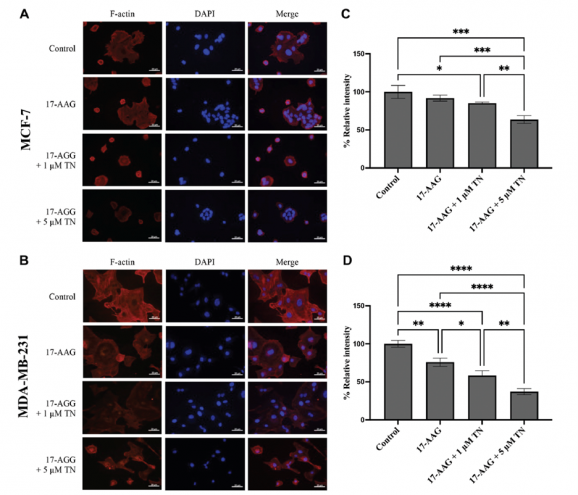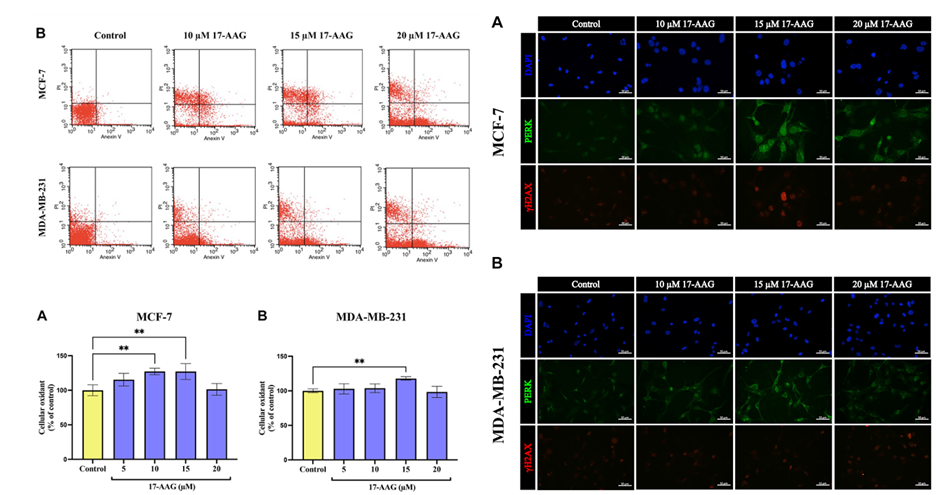Riceberry Rice Germination and UVB Radiation Enhance Protocatechuic Acid and Vanillic Acid to Reduce Cellular Oxidative Stress and Suppress B16F10 Melanogenesis Relating to F-Actin Rearrangement
Riceberry Rice Germination and UVB Radiation Enhance Protocatechuic Acid and Vanillic Acid to Reduce Cellular Oxidative Stress and Suppress B16F10 Melanogenesis Relating to F-Actin Rearrangement
Ultraviolet type B (UVB) radiation plays an important role in hyperpigmentation disorder, which induces cellular oxidative stress and causes abnormal melanin production and secretion. The stress condition plays an essential role in actin polymerization relating to F-actin rearrangement and forms dendrite to send melanin pigment to the uppermost layer of the skin.
Phenolic compounds are secondary metabolites that mainly synthesize under stress conditions to protect plants from harmful environments and have been reported as effective agents in anti-oxidant and anti-melanogenesis. This study provides knowledge that phytophenolic targets, protocatechuic acid, and vanillic acid in riceberry rice were enhanced through germination and UVB radiation processes. Riceberry rice’s modification showed high anti-oxidant and anti-tyrosinase properties together with the potential to reduce cellular oxidative stress and suppress B16F10 melanogenesis relating to F-actin rearrangement associated with dendrite formation.
